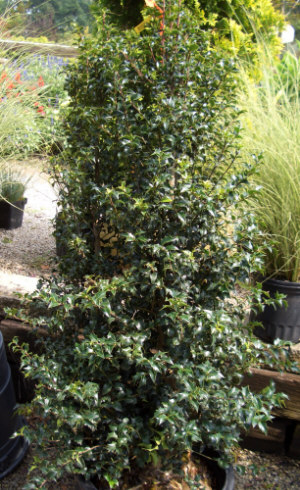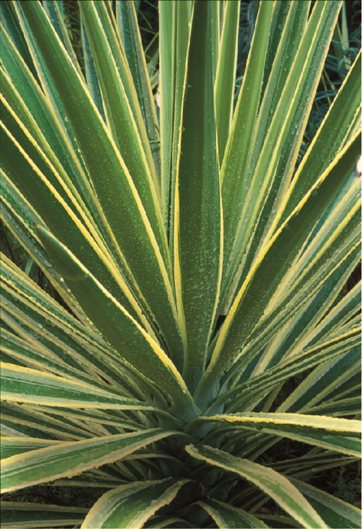


Surfaces for paths and access points are chosen for practical as well as aesthetic reasons. Designers may also use the contrast in texture and color between different surfaces to create an overall pattern in the design. However, garden designers may use other surfaces, for example those "made up of loose gravel, small pebbles, or wood chips" to create a different appearance and feel. In temperate western gardens, a smooth expanse of lawn is often considered essential to a garden. A fence differs from a wall in that it is anchored only at intervals, and is usually constructed using wood or metal (such as iron or wire mesh).īoundaries may be constructed for several reasons: to keep out livestock or intruders, to provide privacy, to create shelter from strong winds and provide micro-climates, to screen unattractive structures or views, and to create an element of surprise. A wall has a strong foundation beneath it at all points, and is usually – but not always – built from brick, stone or concrete blocks. A hedge may be evergreen or deciduous, formal or informal, short or tall, depending on the style of the garden and purpose of the boundary. The main types of boundary within a garden are hedges, walls and fences. Introducing internal boundaries can help divide or break up a garden into smaller areas. Planting can be used to modify an existing boundary line by softening or widening it. The design of a garden can be affected by the nature of its boundaries, both external and internal, and in turn the design can influence the boundaries, including via creation of new ones.

However, soils may be replaced or improved to make them more suitable.įurther information: Hortus conclusus and Walled garden Soil influences the availability of water and nutrients, the activity of soil micro-organisms, and temperature within the root zone, and thus may have a determining effect on the types of plants which will grow successfully in the garden. The quality of a garden's soil can have a significant influence on a garden's design and its subsequent success. Similarly, a windy coastal location may necessitate a different treatment compared to a sheltered inland site. For example, an urban setting may require a different design style in contrast to a rural one. The locational context of the garden can also influence its design. The soils of the site will affect what types of plant may be grown, as will the garden's climate zone and various microclimates. Topographical landscape features such as steep slopes, vistas, hills, and outcrops may suggest or determine aspects of design such as layout and can be used and augmented to create a particular impression. All of these considerations are subject to the limitations of the prescribed budget.Ī garden's location can have a substantial influence on its design. Important considerations in the garden design include how the garden will be used, the desired stylistic genre (formal or informal, modern or traditional, etc.), and the way the garden space will connect to the home or other structures in the surrounding areas. Consideration is also given to the maintenance needs of the garden, including the time or funds available for regular maintenance, which can affect the choice of plants in terms of speed of growth, spreading or self-seeding of the plants, whether annual or perennial, bloom-time, and many other characteristics. Curved garden paths are a common form of hardscapingĮlements of garden design include the layout of hardscape such as paths, walls, water features, sitting areas and decking, and the softscape, that is, the plants themselves, with consideration for their horticultural requirements, their season-to-season appearance, lifespan, growth habit, size, speed of growth, and combinations with other plants and landscape features.


 0 kommentar(er)
0 kommentar(er)
